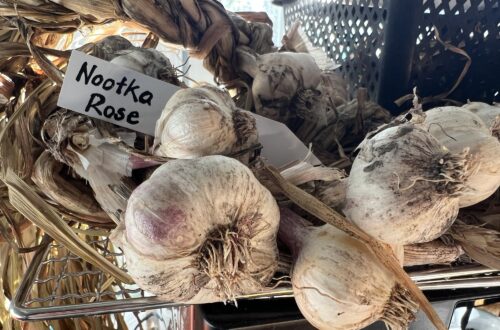Seed Cataloging for the Home Garden
Every mid-winter I find myself in a Lowes or Logan’s perusing the seed displays. I cannot help myself. Today, the boys and I spent nearly an hour in Lowes playing on the mowers, looking at seeds, and talking to the staff. Actually, the staff was talking to my boys. They are cuties, what can I say. I left with a seed-starting kit, six packets of seeds and some starter refills.
This evening, I spread my spoils on the floor and went into the dining room to fish out my other seeds from the bottom drawer of my dresser-turned-sideboard. Like a good engineering student, I opened up Excel and began cataloging my seeds. Want to take a guess at how many seed types were on my list? Fifty-two. Granted, some of those were the same seed saved for multiple years, but still it is a ridiculously long list for a home-gardener who wants to keep it simple.
However, I can’t help myself. When my friend brought me a bucket of tomatoes from her garden last summer, I think I cut just as many tomatoes open to save the seeds as I cut open for eating. She had varieties I had not yet tried, and I liked them! What was I supposed to do? I also have some that were given to me free from Logan’s as they were dumping old seed stock for new seed stock.
Here’s my list. The “For” column is the year for which they were packaged. “P” is for purchased, and “S” is for saved. So if a seed is listed as 2011 S, it means I saved the seed in 2010 to be planted in 2011.
Local friends and family, if you’d like to do a little seed swapping or stealing, I have far more than I could ever plant. Also, I highly recommend cataloging your seeds. It helped me throw out older stock and remember what I do have so I don’t leave anything important out while planting this year.



